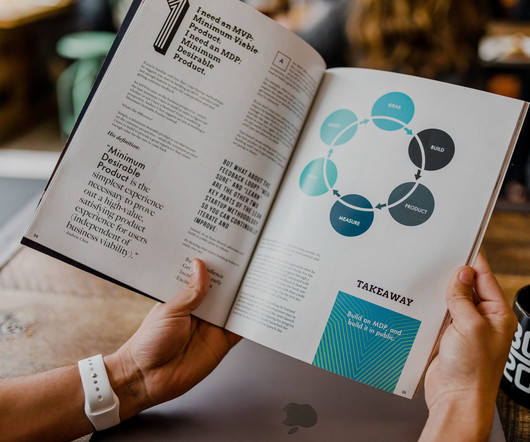Key Elements of a Learning Culture
The Performance Improvement Blog
OCTOBER 15, 2013
In a learning culture, the pursuit of learning is woven into the fabric of organizational life. The method used depends on what individuals, teams, and whole organizations need to learn.



























Let's personalize your content